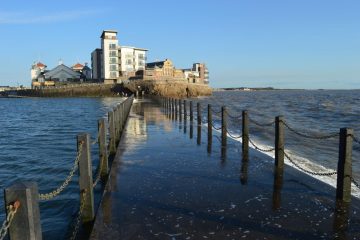Exploring the Mar Menor: Europe’s Largest Saltwater Lagoon

Introduction
The Mar Menor, located on the southeastern coast of Spain, is recognised as Europe’s largest saltwater lagoon, covering an area of approximately 170 square kilometres. It is a vital ecological treasure known for its unique biodiversity and turquiose waters, attracting thousands of visitors each year. However, recent environmental concerns and pollution issues have raised alarm bells among scientists, activists, and local communities about the sustainability of this precious ecosystem.
Current Environmental Issues
Over the past few years, the Mar Menor has faced serious threats due to agricultural runoff and urban development in the surrounding areas. Reports indicate that intensive farming practices have led to high levels of nitrates and other chemicals entering the lagoon, resulting in algal blooms that deplete oxygen levels and harm marine life. In 2021, these issues culminated in a significant fish die-off, sparking widespread outrage and calls for action from environmental groups and local residents.
Government Response and Initiatives
In response to the growing concerns, the Spanish government has announced several measures aimed at protecting the Mar Menor. A key initiative is the action plan titled “Save the Mar Menor”, which includes stricter regulations on farming practices, improved wastewater treatment facilities, and the establishment of marine protected areas. Additionally, local authorities have launched campaigns to raise awareness among the public about the importance of preserving the lagoon’s health.
Community Involvement and Future Projections
Community involvement has played a significant role in the ongoing efforts to restore the Mar Menor. Local environmental organisations, volunteers, and fishermen have collaborated to monitor water quality and distribute educational materials that inform residents about sustainable practices. As a result of these combined efforts, preliminary data indicates signs of recovery in some areas, although challenges remain.
Conclusion
The Mar Menor stands as a symbol of both natural beauty and environmental fragility. As stakeholders continue to work together to combat pollution and promote sustainable development, the future of this unique coastal ecosystem may rely on the balance between human activities and nature. It is crucial for the local community, government, and visitors alike to remain vigilant and engaged in preserving the Mar Menor for generations to come.









